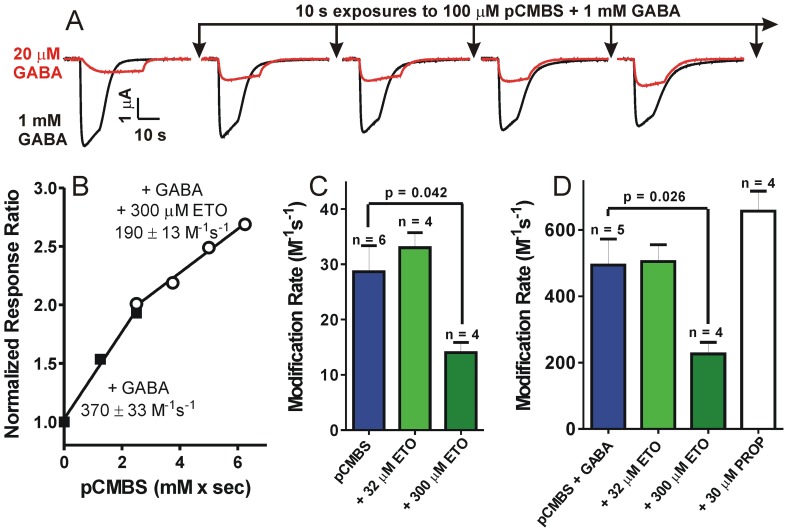Figure 5. The βN265M mutation reduces anesthetic-dependent site occupancy.
Panel A) Voltage-clamp current traces are from a single oocyte expressing β3N265M-α1M236C/β3N265M-α1M236C-γ2L GABAA receptors, showing the effects of repeated pCMBS+GABA applications on responses to low versus high GABA. Panel B) Points represent response ratios to low (EC10) vs. high GABA, normalized to pre-modification control values, for one oocytes exposed to: GABA+pCMBS (solid squares) followed by GABA+pCMBS +300 µM etomidate (open circles). Lines through data represent linear fits; labels are the apparent bimolecular modification rates (slopes). Panel C) Summary of modification rate results for all oocytes expressing β3N265M-α1M236C/β3N265M-α1M236C-γ2L GABAA receptors modified with pCMBS, in the absence vs. presence of etomidate. Etomidate (300 µM) reduced the apparent modification rate by 51%. Panel D) Summary of modification rate results for GABA-activated receptors (modified in the presence of 1 mM GABA). Modification is inhibited 54% by 300 µM etomidate. Propofol (30 µM) does not significantly inhibit modification.

